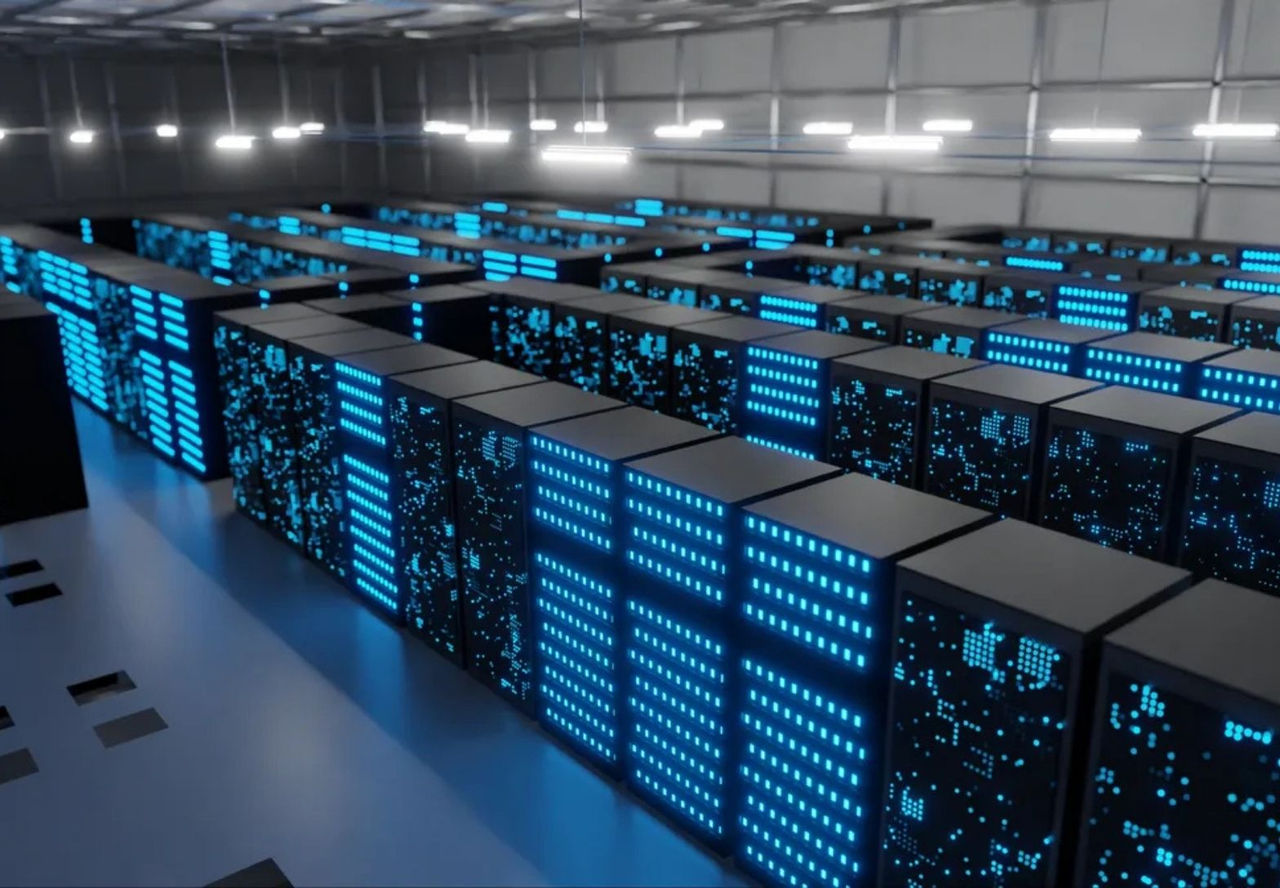©2025 Pacific Gas and Electric Company
Revolutionizing Data Centers: The Ultimate Power Play for Today and Tomorrow

SAN JOSE — Data centers have become the backbone of our digital world.
They are essential for storing and processing vast amounts of energy, and their energy needs are skyrocketing.
In fact, we’re living in the largest era of electric demand growth in United States history.
So, what’s the best way to power these technology hubs?
This was the focus of a three-day conference in San Jose in late May called DTECH Data Centers & AI.
How much demand are we talking about?
Ted Geisler of Arizona Public Service said the data center demand era will dwarf the previous two eras of surging electric load growth combined.
Those were the post-World War II housing boom and the subsequent air conditioning boom. He said the US aims to lead the world in data center development.
San Jose Mayor Matt Mahan says he wants the city to be the “clean energy AI capital of the world.”
“We’re no stranger to hyper growth. ... This boom is different from others because of the energy intensity,” Mahan said.
An AI-powered query is up to 10x more energy intensive than a Google search.
“It’s a tidal wave and making us think differently with our relationship with our utility partner PG&E,” Mahan said.
Other key takeaways from the conference:
Keep the energy sources diverse
To meet data center demand, an all-of-the-above approach to power generation is needed.
This includes geothermal, nuclear, hydroelectric, natural gas, batteries, solar, wind energy and more. Each has its strengths, and an interconnected combination helps ensure a reliable and sustainable energy supply.
Renewable natural gas will continue to play a significant role in powering data centers over the next 5-10 years.
Large data center providers are collaborating closely with utilities on solutions (such as onsite natural gas generators) to power their sites.
Close collaboration also offers opportunities for clean generation solutions for longer-term projects, such as nuclear energy and solar-plus-storage.
Speed up the time it takes to connect data centers to the grid
Mike Medeiros, vice president at PG&E, explained how the company is working to power data centers quickly.
In San Jose, PG&E is working to better control the flow of electricity at a key substation. This helps move power from busy lines to less busy ones.
This will help PG&E use its infrastructure better and provide 100 MW of power for a new data center in the area.
Planning for data center growth is important, just like planning for electric vehicles. Smart planning and choosing the right locations help data centers succeed.
However, building data centers and the infrastructure to support them can take a long time, sometimes more than 10 years.
There is a need for new ideas and bridge solutions to support the next decade.
This is especially important in California, where policies play a big role.
The San Jose mayor said that the city is having better conversations with PG&E now compared to the past.
“Five years ago, it was wildfire mitigation, power safety shutoffs, reliability, but now that there’s [growing electric] demand, it’s a whole different world,” Mahan said.
The mayor says the city is working with PG&E to anticipate and streamline permit issues.
He also mentioned working with PG&E to find new and renewable power sources that benefit the city, like using data centers to heat and power new buildings — a concept known as a district energy system.
Protect customers from rate increases
Chris Womack, President of Southern Company, said utilities meet customer needs no matter the challenges, like storms, heat, economic growth.
As utilities face new electric demand from AI and data centers, protecting customers from rate increases is a top priority.
PG&E currently has 18 data center projects in Silicon Valley and the Greater San Francisco Bay Area that are expected to be connected between 2026-2030.
Growth in data center demand is good for PG&E customers. PG&E estimates that for every gigawatt (GW) from data centers, under the right circumstances, customer bills could drop by 1-2% over time.
By spreading costs across more customers, each customer's dollar goes further.
Medeiros also talked about PG&E’s new approach to data center applications, which helps manage the growing demand.
Read more about PG&E’s growing data center project pipeline and how it is working to serve this new demand: Surging Data Center Growth to Help Lower Energy Costs for PG&E Customers.
